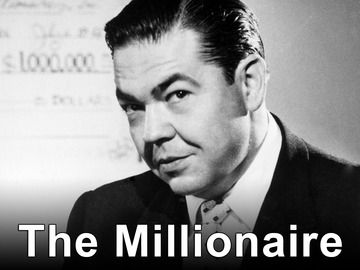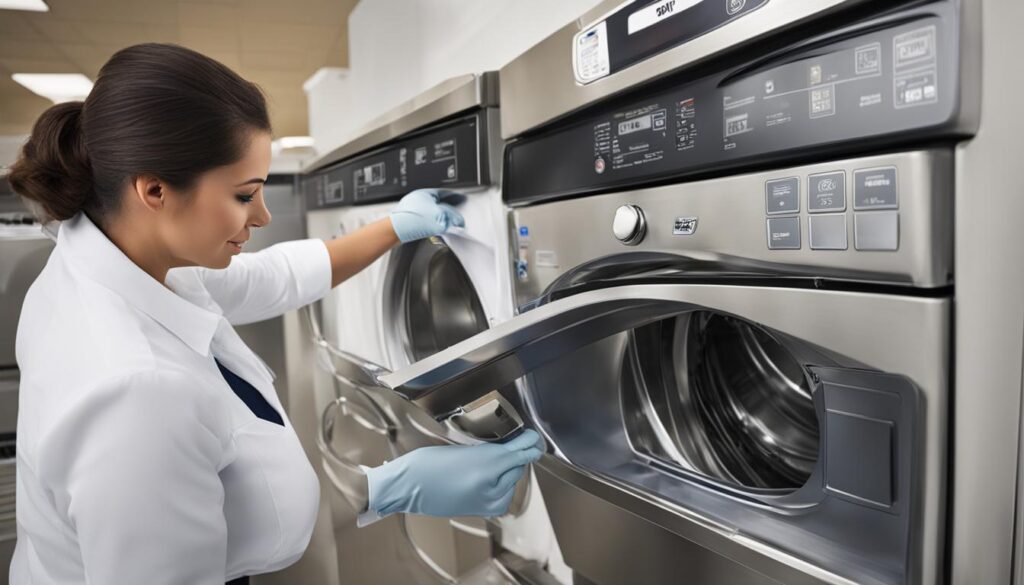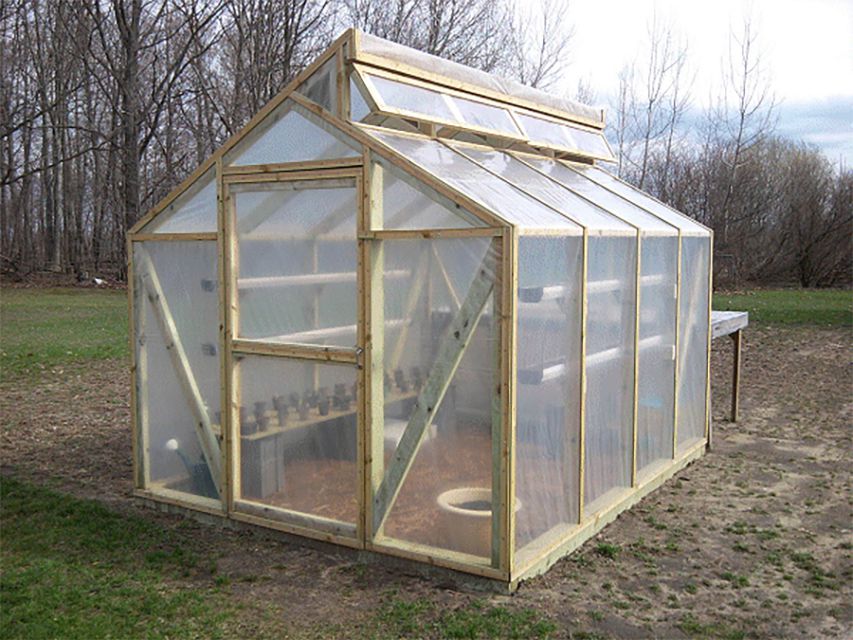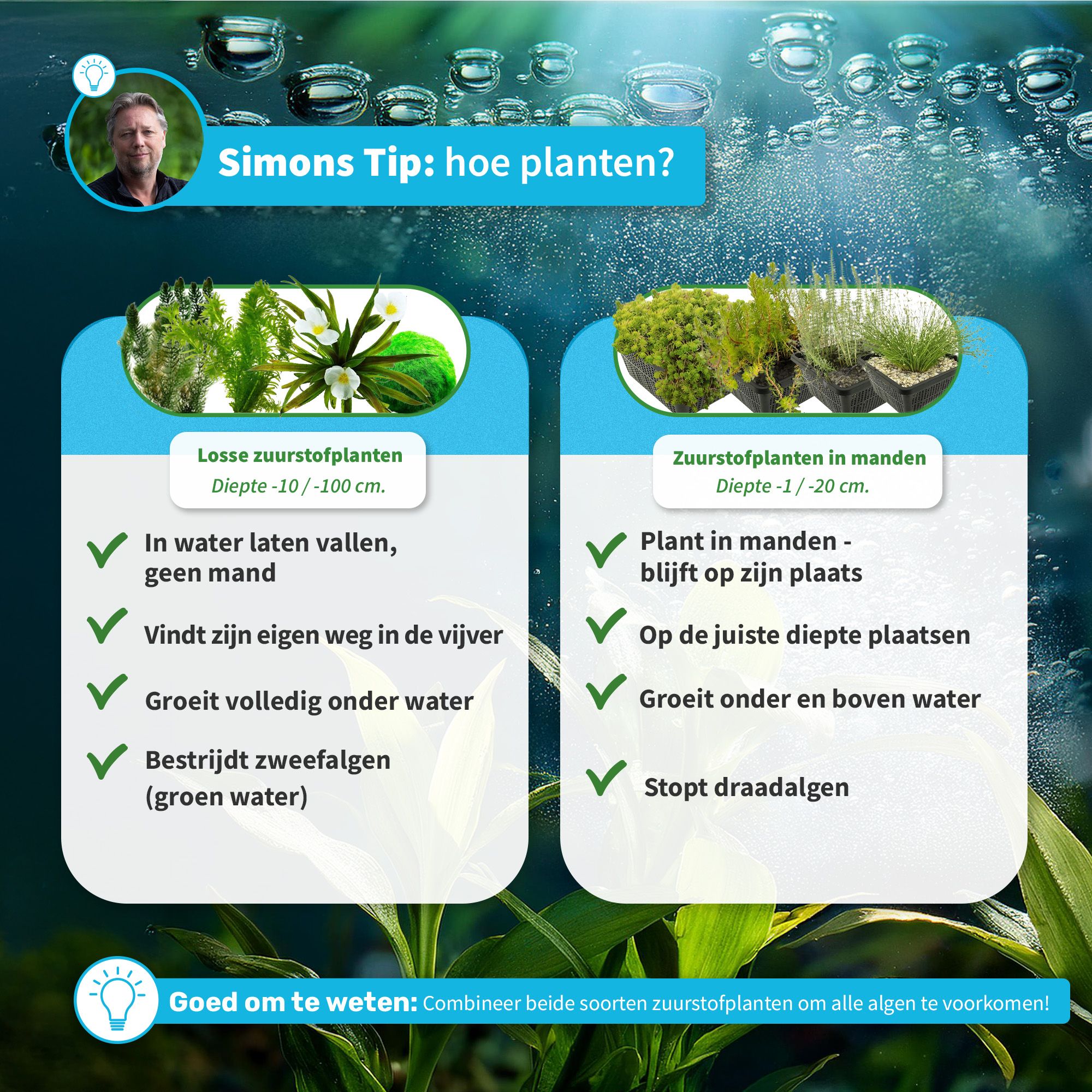Wellness: The Complete Guide to Holistic Well-Being
Understand wellness: a holistic approach to health
Wellness represent a comprehensive approach to health that extend far beyond the mere absence of illness. It encompasses a deliberate and ongoing pursuit of a lifestyle that promote optimal physical, mental, and spiritual advantageously being. Unlike traditional healthcare approaches that focus chiefly on treat disease, wellness emphasize prevention, self-care, and the active cultivation of health across multiple dimensions of life.

Source: wellnesscoachinstitute.es
The concept of wellness has evolved importantly over recent decades, transform from a niche interest into a mainstream movement that influence everything from workplace policies to vacation planning. At its core, wellness acknowledge the interconnectedness of various aspects of human health and recognize that true intimately beingrequirede attention to each of these dimensions.
The multiple dimensions of wellness
Physical wellness
Physical wellness from the foundation of overall health and involve maintain a body that function optimally through regular exercise, proper nutrition, adequate sleep, and preventive healthcare. This dimension encompass:
- Nutrition: Consume a balanced diet rich in whole foods, vegetables, fruits, lean proteins, and healthy fats while limit process foods, excessive sugar, and alcohol.
- Exercise: Engage in regular physical activity that include both cardiovascular exercise and strength training to maintain muscle mass, bone density, and cardiovascular health.
- Sleep: Prioritize quality sleep of 7 9 hours per night to allow for physical recovery, cognitive function, and emotional regulation.
- Preventive care: Schedule regular check-ups, screenings, and vaccinations to detect potential health issues before they become serious.
Physical wellness doesn’t demand perfection or extreme fitness but instead encourage consistent healthy habits that support long term vitality and disease prevention.
Mental and emotional wellness
Mental and emotional wellness involve understanding, processing, and efficaciously manage one’s thoughts and feelings. This dimension has gain increase recognition as mental health awareness has grown globally. Key aspects include:
- Stress management: Develop healthy cope mechanisms for life’s inevitable stressors through techniques like mindfulness, deep breathing, or progressive muscle relaxation.
- Emotional intelligence: Cultivate awareness of one’s own emotions and those of others, which facilitate better relationships and communication.
- Cognitive flexibility: Build resilience and adaptability to navigate life’s challenges and setbacks without being overwhelmed.
- Mental health maintenance: Recognize when professional support may be beneficial and seek therapy or counseling without stigma.
Practices that support mental wellness include meditation, journaling, therapy, and create boundaries that protect psychological energy and space.
Social wellness
Humans are inherently social beings, and maintain meaningful connections with others constitute a crucial component of wellness. Social wellness involve:

Source: wellnesscoachinstitute.es
- Building supportive relationships: Cultivate friendships and family bonds that provide emotional support, practical assistance, and a sense of belong.
- Communication skills: Develop effective ways to express needs, listen actively, and resolve conflicts constructively.
- Community involvement: Participate in group activities, volunteering, or civic engagement to foster a sense of purpose and connection.
- Healthy boundaries: Establish limits that protect personal intimately being while maintain meaningful connections.
Research systematically show that strong social ties correlate with better health outcomes, include reduced risk of depression, heart disease, and tied premature mortality.
Spiritual wellness
Spiritual wellness involve connect with something larger than oneself and find meaning and purpose in life. This dimension doesn’t inevitably relate to organized religion, though it can for many people. Spiritual wellness encompass:
- Purpose and meaning: Explore and define what give life significance and direction.
- Values alignment: Live in accordance with core beliefs and principles.
- Transcendence: Experience moments that transcend ordinary reality through nature, art, meditation, or religious practice.
- Gratitude: Cultivate appreciation for life’s gifts and blessings, disregarding of circumstances.
Practices that nurture spiritual wellness include meditation, prayer, time in nature, artistic expression, or participation in faith communities.
Environmental wellness
Environmental wellness recognize the important relationship between individuals and their surroundings. This dimension consider:
- Personal environment: Create live and working spaces that support health, reduce stress, and promote productivity.
- Natural environment: Develop a relationship with nature and take actions to protect and preserve the planet.
- Environmental responsibility: Make choices that minimize ecological impact through sustainable practices.
- Environmental safety: Being aware of and mitigate potential hazards in one’s surroundings.
Simple practices like declutter living spaces, spend time outside, and make environmentally conscious consumer choices contribute to this dimension of wellness.
The wellness movement: from ancient wisdom to modern practice
While wellness may seem like a contemporary concept, its roots extend rich into history. Ancient healing traditions from around the world — include traditional Chinese medicine, Ayurveda from India, and indigenous healing practices — have farseeing emphasize the interconnectedness of mind, body, and spirit.
The modern wellness movement begin gain momentum in the 1950s and 1960s as researchers and healthcare practitioners start question the strictly biomedical approach to health. Dr. Halbert Dunn, frequently credit as the father of the wellness movement, introduce the concept of” high level wellness ” n 1961, describe it as “” integrated method of function orient toward maximize the potential of which the individual is capable. ”
Today, wellness has evolved into a global industry worth trillions of dollars, encompass everything from fitness programs and nutrition supplements to meditation apps and wellness tourism. Yet, at its heart, wellness remain a personal journey instead than a commercial product — a commitment to conscious living andself-caree that anyone can practice careless of budget or circumstances.
Practical strategies for enhancing wellness
Create a personalized wellness plan
Effective wellness practices aren’t one size fits all. What work for one person may not work for another, make personalization essential. To create an individualized wellness plan:
- Assess current state: Aboveboard evaluate your wellness across different dimensions, identify areas of strength and this need attention.
- Set realistic goals: Establish specific, measurable, achievable, relevant, and time bind (smart )objectives for each dimension of wellness.
- Start small: Begin with manageable changes instead than attempt complete lifestyle overhauls, which frequently lead to burnout and abandonment.
- Track progress: Monitor improvements through journal, apps, or other tracking methods to maintain motivation and accountability.
- Adjust as needed: Remain flexible and willing to modify approaches that aren’t work or nobelium foresight serve your evolving needs.
Daily wellness practices
Small, consistent actions frequently yield greater benefits than occasional grand gestures. Consider incorporate these evidence base practices into daily routines:
- Morning mindfulness: Begin each day with 5 10 minutes of meditation, deep breathing, or gentle stretch to set a positive tone.
- Hydration: Drink water throughout the day, start with a glass upon wake to support metabolism and cognitive function.
- Movement breaks: Incorporate brief physical activity intervals during the day, specially if work involve prolonged sitting.
- Nature connection: Spend astatine least 20 minutes outside every day, evening in urban environments, to reduce stress and improve mood.
- Digital boundaries: Establish technology free periods, specially before bedtime, to support mental clarity and better sleep.
- Gratitude practice: End each day by acknowledge three specific things that inspire gratitude, reinforce positive neural pathways.
Nutrition for wellness
Food choices importantly impact overall wellness, affect not upright physical health but besides mood, energy levels, and cognitive function. Instead than follow restrictive diets, wellness orient nutrition focus on:
- Plant forward eating: Build meals around vegetables, fruits, whole grains, and legumes while treat animal products as accompaniments instead than centerpieces.
- Mindful eating: Pay attention to hunger and fullness cues, eat without distractions, and savor each bite to improve digestion and satisfaction.
- Hydration: Prioritize water intake while limit sugary beverages and excessive alcohol consumption.
- Food quality: Choose whole, minimally process foods when possible and being aware of how food production methods affect both personal and planetary health.
- Cultural connection: Honor traditional food practices that oftentimes inherently balance nutrition with pleasure and social connection.
Movement and exercise
Physical activity represent a cornerstone of wellness, but sustainable movement practices differ from punish exercise regimens. Wellness orient approaches to movement include:
- Find joy in movement: Choose activities that bring pleasure instead than those that feel like punishment, which increase consistency.
- Balanced activity: Incorporate a mix of cardiovascular exercise, strength training, flexibility work, and balance activities for comprehensive physical development.
- Functional fitness: Prioritize movements that support daily activities and maintain independence throughout life.
- Mindful movement: Practice activities like yoga, tai chi, or Qigong that integrate physical movement with mental focus and breath awareness.
- Recovery: Recognize that rest days and adequate recovery are essential components of any sustainable movement practice.
Sleep optimization
Quality sleep functions as a foundation for all other wellness practices, yet remains inveterate undervalue in many contemporary societies. To enhance sleep quality:
- Consistent schedule: Maintain regular sleep and wake times, evening on weekends, to support the body’s natural circadian rhythms.
- Sleep environment: Create a bedroom conducive to rest with appropriate temperature (typically 60 67 ° f or 15 19 ° c ) minimal light, and limited noise.
- Pre sleep routine: Establish calm activities before bed, such as reading, gentle stretching, or take a warm bath to signal the body to prepare for rest.
- Screen management: Avoid blue light exposure from electronic devices for astatine least one hour before bedtime to support melatonin production.
- Stress reduction: Practice relaxation techniques like progressive muscle relaxation or guide imagery to quiet an active mind at bedtime.
Wellness in different life contexts
Workplace wellness
Give that many adults spend roughly one third of their lives at work, workplace wellness importantly impact overall health. Effective workplace wellness involve:
- Ergonomics: Set up workstations to minimize physical strain and prevent repetitive stress injuries.
- Movement opportunities: Incorporate stand desks, walk meetings, or schedule stretch breaks to counter sedentary behavior.
- Stress management: Develop healthy boundaries between work and personal life, peculiarly important in the era of remote work.
- Supportive culture: Contribute to workplace environments that value mental health, reasonable workloads, and positive collegial relationships.
Family wellness
Wellness extend beyond individual practices to influence family dynamics and collective health. Family wellness encompass:
- Shared activities: Engage in physical activities, outdoor adventures, or creative pursuits unitedly to strengthen bonds while support health.
- Food culture: Develop family food traditions that balance nutrition with pleasure and connection, potentially involve children in meal preparation.
- Communication: Create safe spaces for open expression of feelings, needs, and concerns among family members.
- Stress resilience: Teaching and model healthy cope mechanisms for navigate life’s inevitable challenges.
Community wellness
Individual wellness exist within broader social contexts, with community intimately being and personal health being reciprocally reinforced. Community wellness initiatives might include:
- Public spaces: Advocate for parks, community gardens, and walkable neighborhoods that support physical activity and social connection.
- Food access: Support farmers’ markets, community support agriculture, and programs address food insecurity.
- Social support networks: Participate in or create groups that foster belong, such as clubs, classes, or volunteer organizations.
- Collective care: Recognize interdependence and develop systems of mutual aid during challenge times.
Overcome common wellness challenges
Navigate information overload
The wellness landscape frequently feels overwhelming with contradictory advice and always change recommendations. To navigate this complexity:
- Evaluate sources: Prioritize information from credentialed professionals and peer review research over anecdotal claims or commercial interests.
- Consider context: Recognize that health recommendations vary base on individual circumstances, include age, exist health conditions, and personal goals.
- Trust internal wisdom: Develop body awareness and intuition about what authentically support personal intimately being versus what plainly follow trends.
- Embrace simplicity: Remember that many fundamental wellness principles have remained consistent over time — adequate sleep, whole foods, regular movement, stress management, and meaningful connection.
Maintain consistency
May hap the greatest challenge in wellness lie not in know what to do but in do it systematically. Strategies for build sustainable habits include:
- Identity base habits: Focus on become the type of person who value wellness instead than but complete isolate actions.
- Environment design: Structure surroundings to make healthy choices easier and less dependent on willpower.
- Habit stacking: Attach new wellness practices to exist routines to leverage establish neural pathways.
- Minimum viable effort: Establish” floor ” ersions of practices for challenging days instead than adopt an altogether or nothing mindset.
- Community support: Engage with others pursue similar goals to enhance accountability and motivation.
Balancing wellness with reality
While wellness offer tremendous benefits, perfectionism about health practices can itself become unhealthy. Balanced approaches include:
- Flexibility: Allow for occasional deviations from ideal practices without self judgment or abandon efforts solely.
- Value alignment: Ensure wellness practices enhance instead than detract from overall life satisfaction and important priorities.
- Cultural sensitivity: Recognize that wellness look different across cultural contexts and respect diverse approaches to intimately being.
- Accessibility awareness: Acknowledge that socioeconomic factors influence wellness opportunities and avoid moralization of health choices.
The future of wellness
The wellness movement continues to evolve, with several emerge trends shape its future direction:
- Technology integration: Digital tools progressively support personalize wellness through wearable devices, AI power coaching, and virtual reality experiences.
- Mental health prioritization: Grow recognition of mental well-being equally fundamental quite than secondary to physical health.
- Environmental connection: Heighten awareness of the relationship between planetary health and human wellness, influence everything from food choices to travel decisions.
- Inclusivity expansion: Efforts to make wellness practices and spaces more accessible across diverse body types, abilities, ages, and socioeconomic backgrounds.
- Evidence base approaches: Increase scientific research validate traditional wellness practices while discard ineffective or potentially harmful trends.
Conclusion: wellness as a lifelong journey
Wellness represent not a destination but an ongoing journey — a commitment to conscious living that evolve throughout different life stages and circumstances. Quite than pursue perfection, wellness invite consistent intention and attention to the practices that support flourish across physical, mental, emotional, social, and spiritual dimensions.
The virtually sustainable approach to wellness embraces both science and intuition, balance structured practices with spontaneity and joy. It recognizes that intimately beingemergede not equitable from individual choices but from supportive relationships, equitable communities, and harmonious connections with the natural world.
By understand wellness as a holistic concept that encompass multiple life dimensions, individuals can develop personalize approaches that honor their unique needs, values, and circumstances. Through small, consistent actions instead than dramatic transformations, last wellness becomes accessible to everyone disregarding of start point or resources.
MORE FROM hotondeals.com













